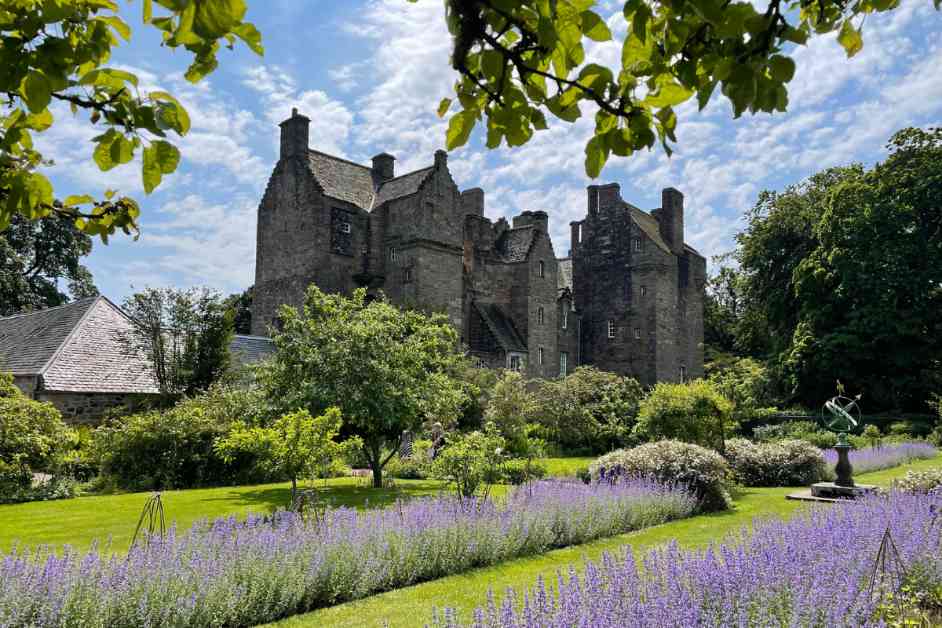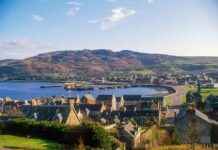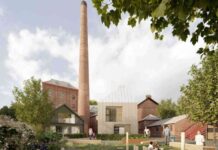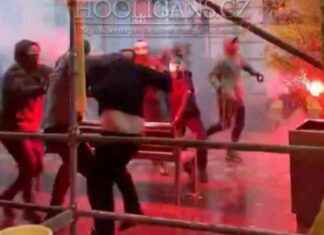Scotland’s Kellie Castle, one of the country’s oldest and most cherished landmarks, is undergoing a revolutionary transformation thanks to cutting-edge laser technology. The castle’s interiors are being meticulously mapped in stunning detail, unveiling hidden features and shedding light on areas in need of preservation.
Partnering with the National Trust for Scotland, Historic Environment Scotland (HES) is spearheading this groundbreaking project to create a 3D digital map of Kellie Castle using advanced laser scanning techniques. The aim is to engage visitors on a hands-on level, while ensuring the long-term conservation of the castle’s historic plasterwork.
### Delving into History with Laser Precision
The project has produced highly accurate scans of the castle’s ceilings, some of which date back to 1617, showcasing the intricate plasterwork that adorns these ancient structures. By utilizing 3D terrestrial laser scanning technology, the team has generated a detailed digital map known as a point cloud, capturing the essence of the castle’s interiors with unparalleled precision.
This innovative approach also incorporates photographs to create realistic 3D virtual models and contour maps of the ceilings, allowing for a deeper understanding of the castle’s architectural nuances. The maps serve as a visual aid in identifying cracks or deformations caused by subtle structural shifts over time. Additionally, they establish an archive that will guide the ongoing monitoring and maintenance of these exquisite ceilings for years to come.
### Bringing History to Life Through Technology
The National Trust for Scotland envisions using 3D models printed from these scans to enhance visitor experiences at Kellie Castle. By showcasing unique features in a tangible and engaging manner, the trust aims to breathe new life into the castle’s historical narrative. Bryan Dickson, Head of Buildings Conservation Policy at the Trust, emphasizes the significance of this digital innovation in preserving Scotland’s architectural heritage.
“We have selected some of the most captivating plaster features to explore how 3D printing can enrich their interpretation,” explains Dickson. One intriguing discovery was a lion medallion shared with Craigievar Castle in Aberdeenshire, hinting at the movement of artisans and tools across Scotland. This technological advancement not only enhances conservation efforts but also unravels the intricate details and stories embedded within these historic motifs.
### Embracing Digital Heritage for the Future
Kellie Castle, constructed in three distinct phases spanning several centuries, stands as a testament to Scotland’s rich architectural legacy. The collaborative partnership between the National Trust for Scotland and HES marks a significant step in the digital preservation of the country’s heritage sites. By leveraging cutting-edge technologies and fostering skills development in heritage conservation, both organizations are paving the way for a more sustainable and innovative approach to safeguarding Scotland’s cultural treasures.
Sophia Mirashrafi, Senior Digital Innovation Officer at Historic Environment Scotland, emphasizes the transformative impact of this collaboration. “We are committed to providing opportunities for skills development and training in heritage conservation using state-of-the-art technologies,” says Mirashrafi. Through collaborative projects like the one at Kellie Castle, HES and the Trust are not only preserving history but also driving innovation and collaboration within the heritage sector.
As the scanning project at Kellie Castle sets a new standard for digital documentation and visualization, the potential for similar initiatives at other historic properties under the care of the National Trust for Scotland looms on the horizon. By embracing digital innovation and sharing resources, these organizations are ensuring that Scotland’s architectural treasures endure for generations to come.
































